About the Game
Lost Words is a story-driven game where you play as a detective named Ryan, who is on the verge of cracking a major case—until an accident leaves you in a coma. Three years later, you wake up to find you've forgotten how to speak the local language. Simple tasks, like ordering food, become critical. As you interact with locals and decipher clues hidden throughout the city, you gradually rebuild your language skills.
What inspired me to make this
While learning a new language, I found myself searching for a method that was truly fun and engaging. Many tools out there rely on gamified lessons or repetitive quiz-based exercises, and while they can be effective, they often become monotonous over time.
Not everyone has the opportunity to regularly converse with native speakers, which makes practice feel disconnected from real-life situations. At the same time, I've always enjoyed games with strong storytelling, ones that feel like you're playing through a movie. That's what inspired me to create Lost Words: a story-driven game where language learning is naturally embedded in gameplay.
I didn't want to replace traditional resources like textbooks or apps. I wanted to complement them. I wanted to design something that worked as a practice tool. This is what led me to create Lost Words
Demo
Gameplay gallery and sample walkthroughs.








Video Demo
Intro Cut scene
Menu System
Mission 2: Quiz
⚙️ Development Process
The game Lost Words was created in Unity using C# over the course of the semester as my solo capstone project. It evolved through iterative design, prototyping, and consistent user feedback, with a strong focus on language learning through immersive gameplay.
Weeks 1-2
The game initially used Spanish as the target language. During this time, I developed the first version of the town environment where Phase 1 of the story takes place. I began with paper prototyping for the first two missions in Week 1, followed by two more missions in Week 2. Early prototyping was key — it helped me identify pacing and storytelling gaps before development in Unity. I conducted three paper playtesting sessions focused on clarity, engagement, and the language-learning experience. Timeboxed sessions allowed space for reflection and revision.
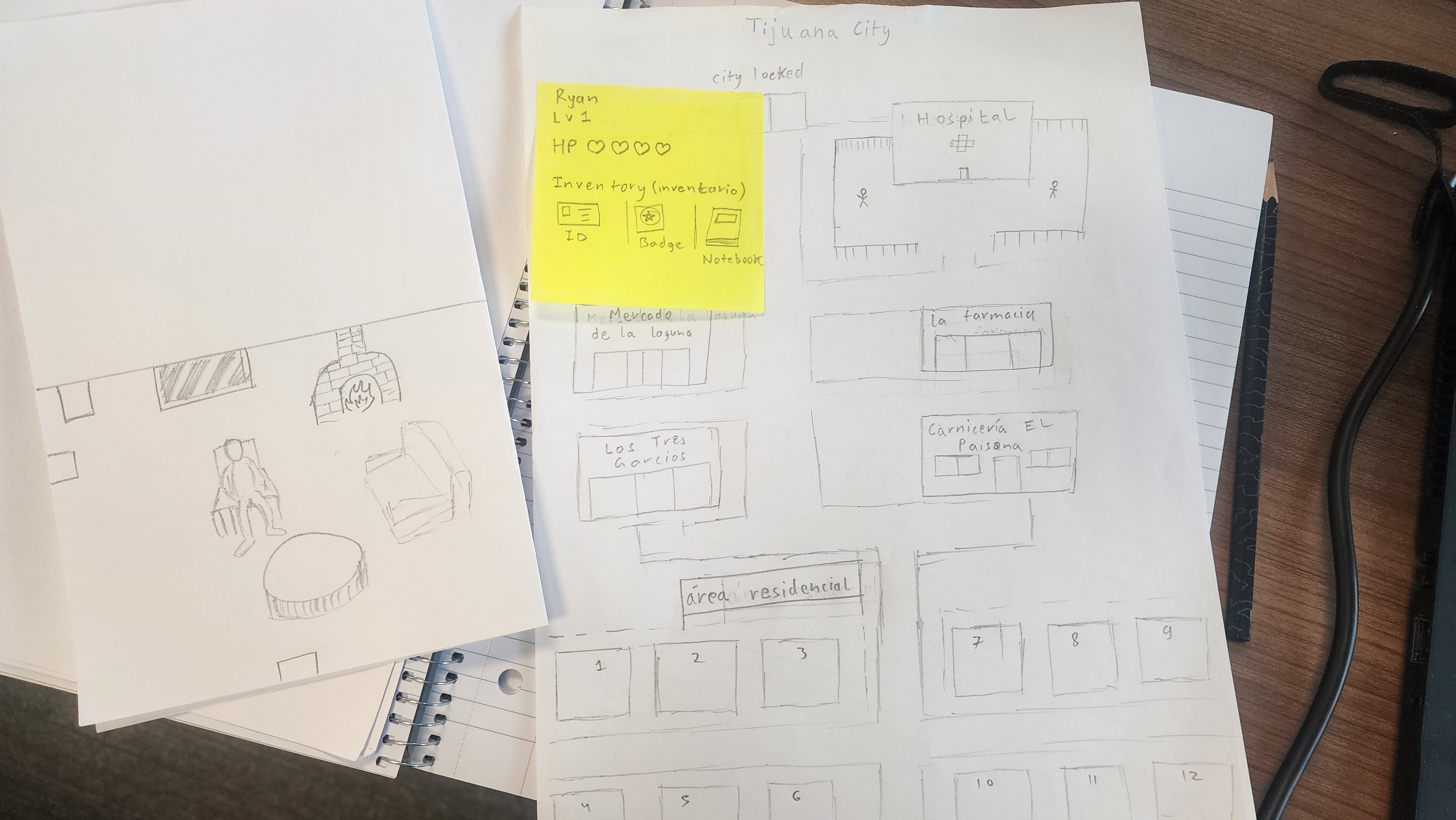
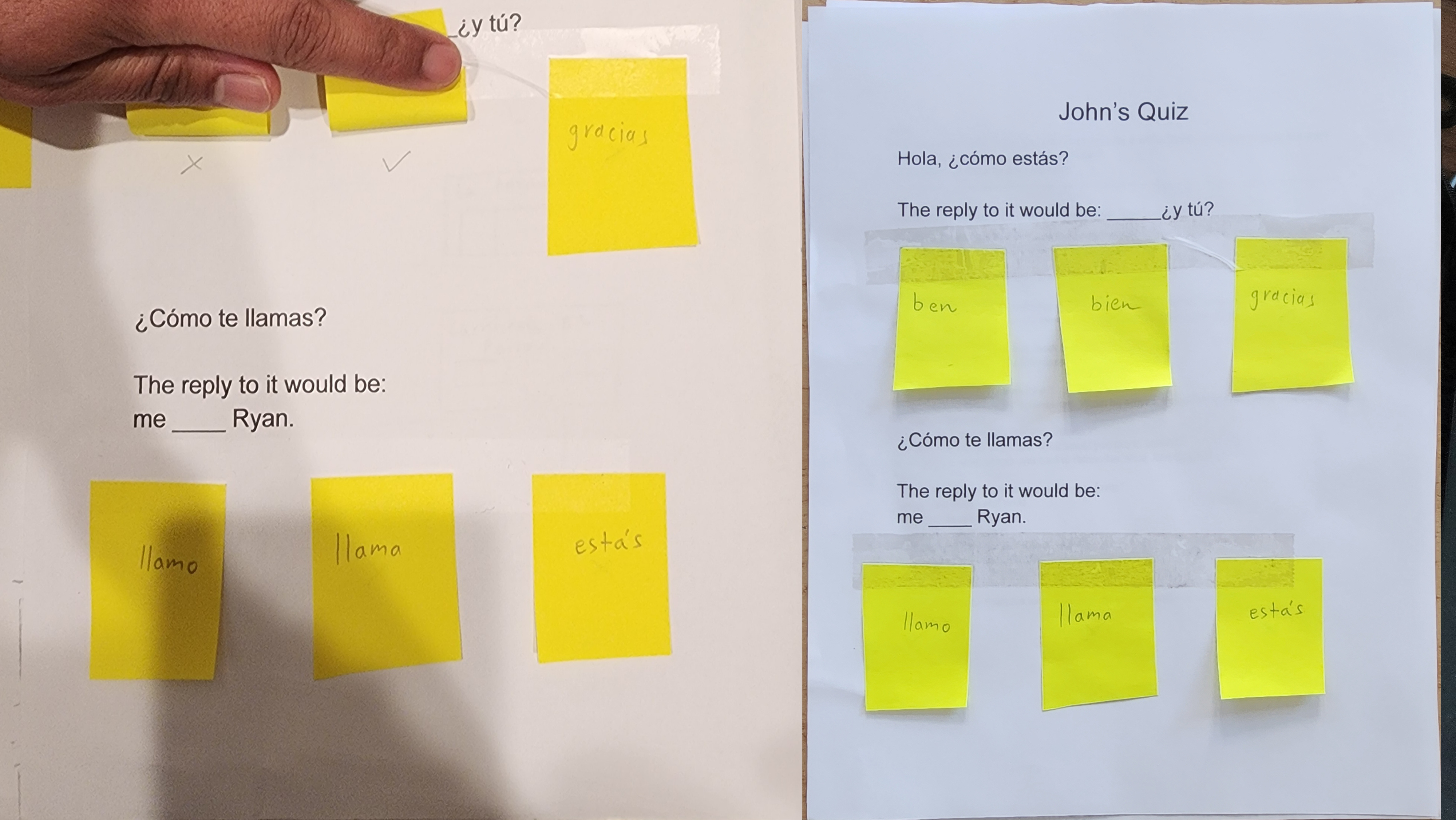
In parallel, I completed a detailed review of the narrative and Spanish dialogue with my language advisor, María D. Vázquez, a Ph.D. candidate in the Spanish and Portuguese department at the University of Colorado. Her feedback helped refine grammar, cultural accuracy, and phrase structure. I learned that paper prototyping is invaluable — it allowed rapid iterations without heavy resource commitment. I also discovered that integrating feedback is much easier when broken into small, focused tasks.
Week 3
After applying feedback from early tests, I began Unity development. I implemented the first version of the town layout and created foundational systems, including scene transitions.
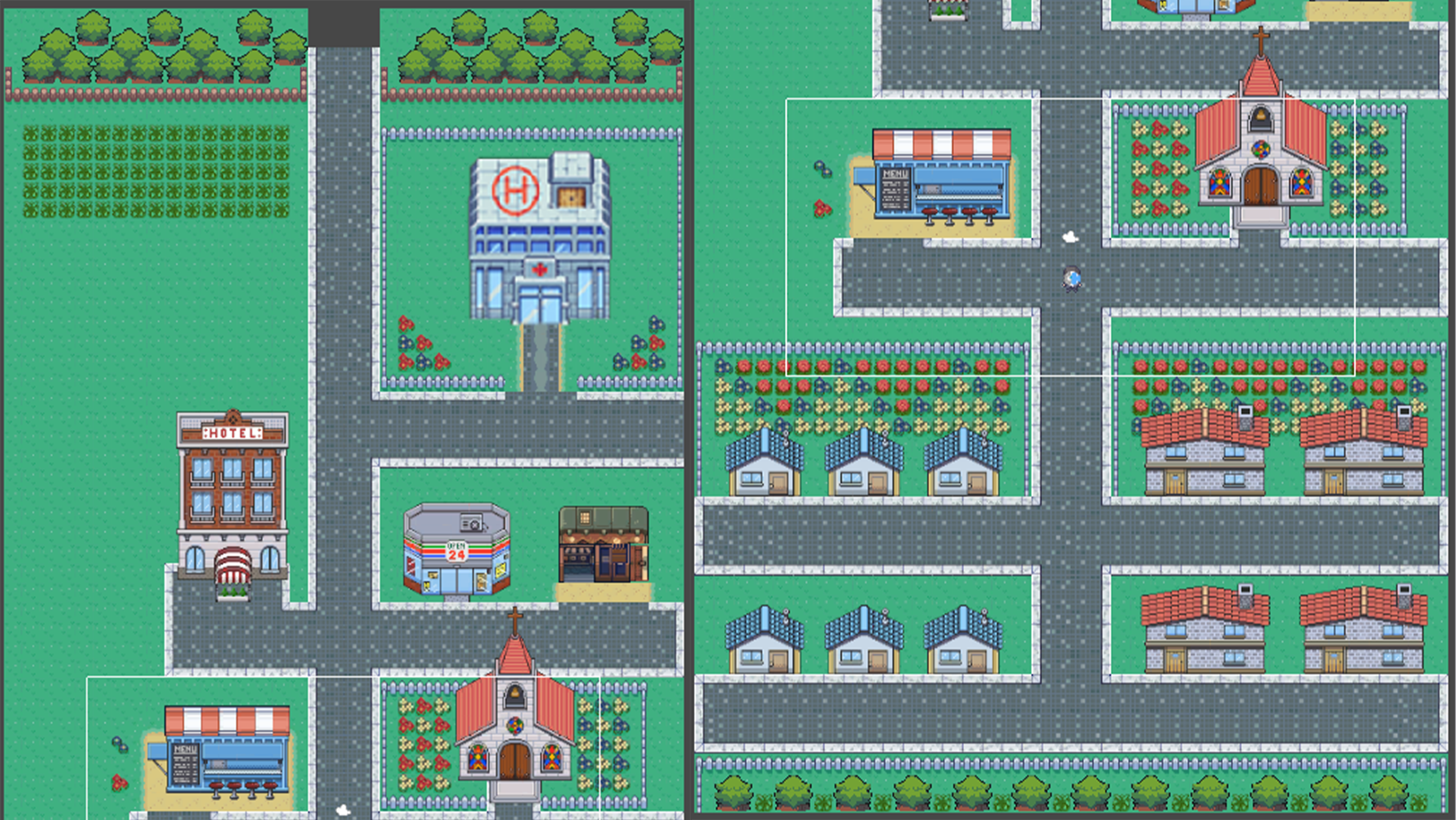
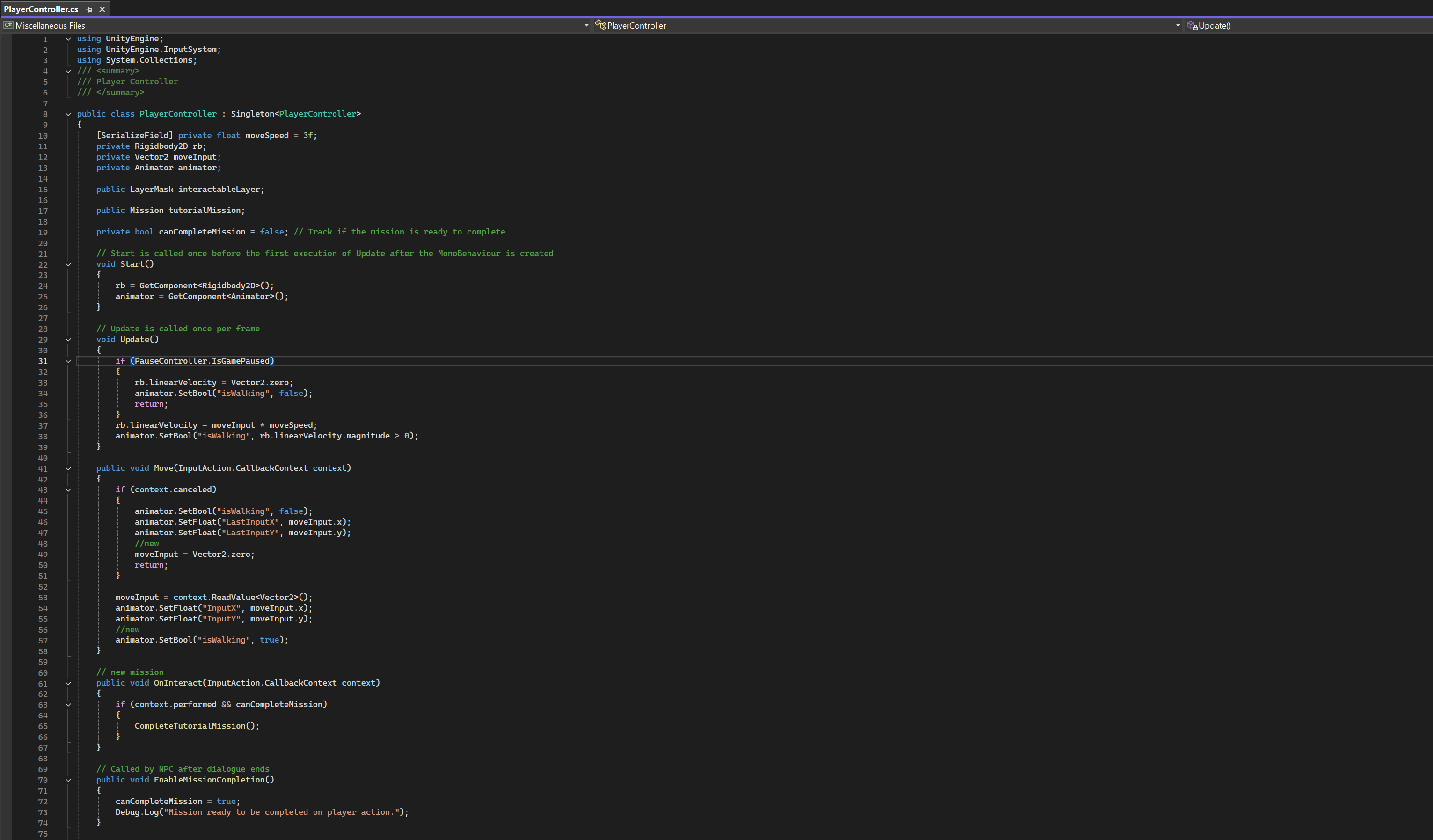
Week 4
I created a main menu system and began developing the inventory feature. Location transitions were also made functional.
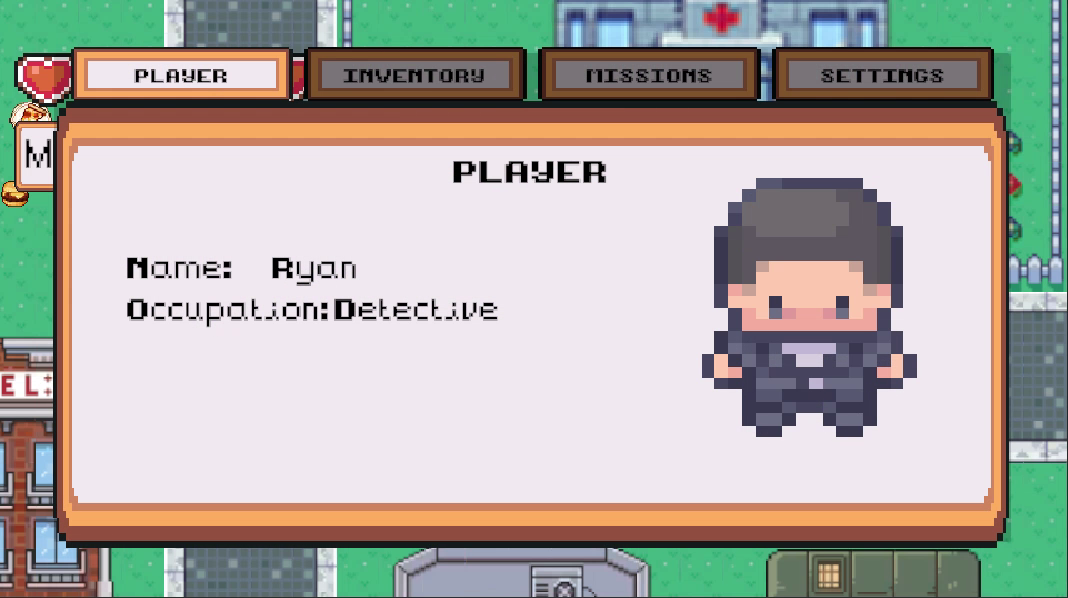
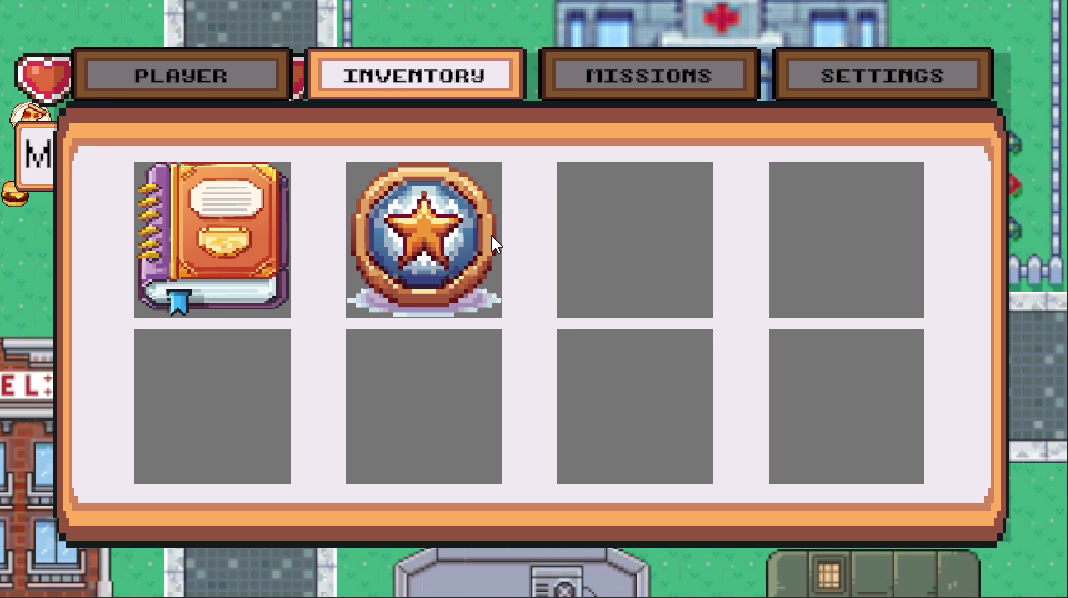
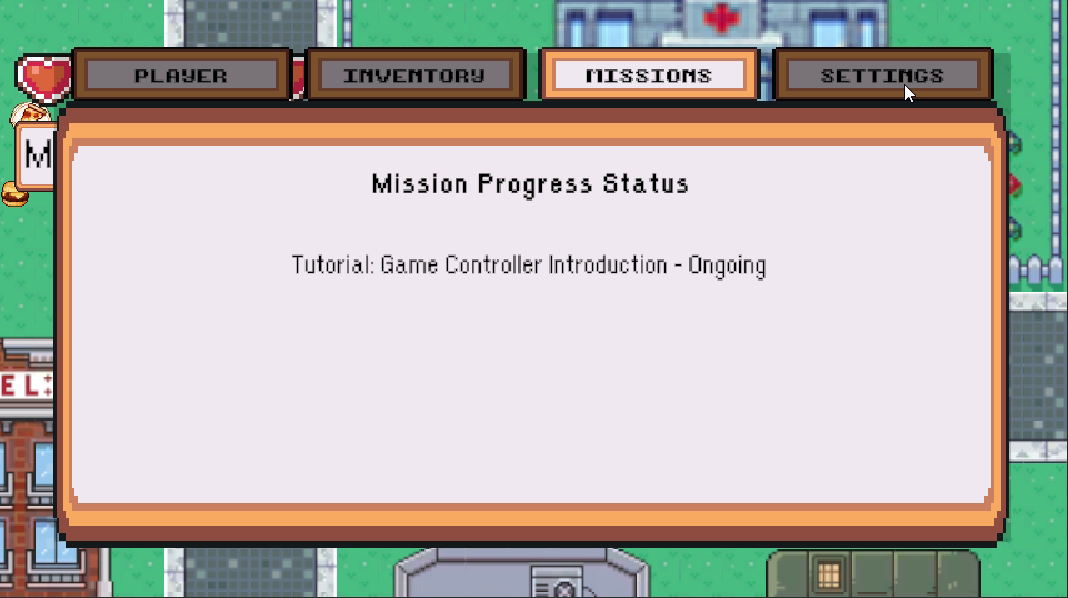
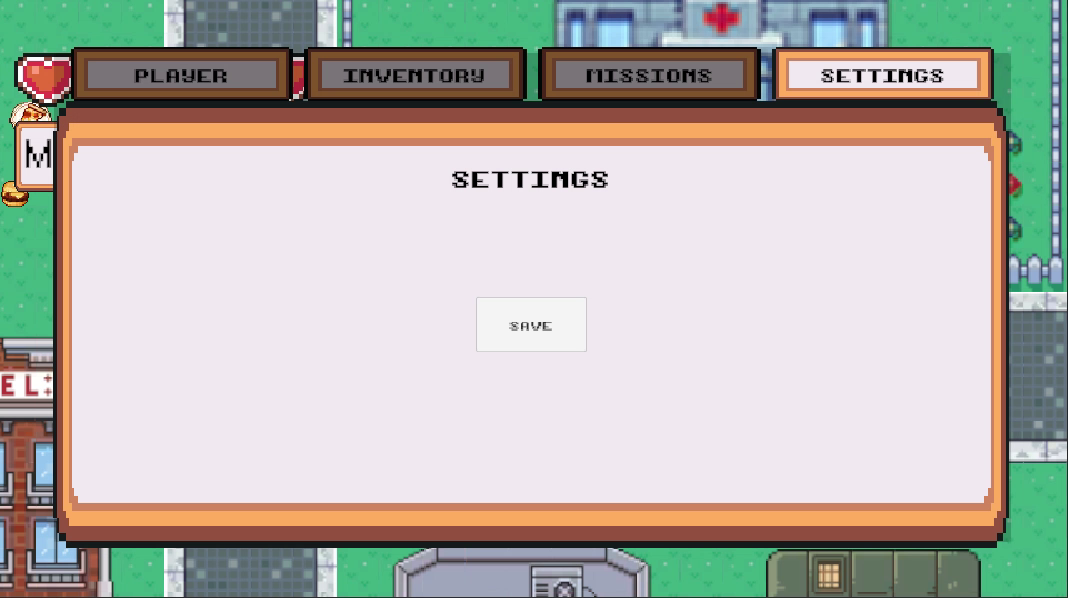
Week 5
The initial inventory feature was completed. I finalized Mission 1, which introduces players to movement, interaction, and UI elements. I also began Mission 2 — meeting Hunter John Dalton, learning introductions in Spanish, and completing a quiz to proceed. A save/load feature was also added.
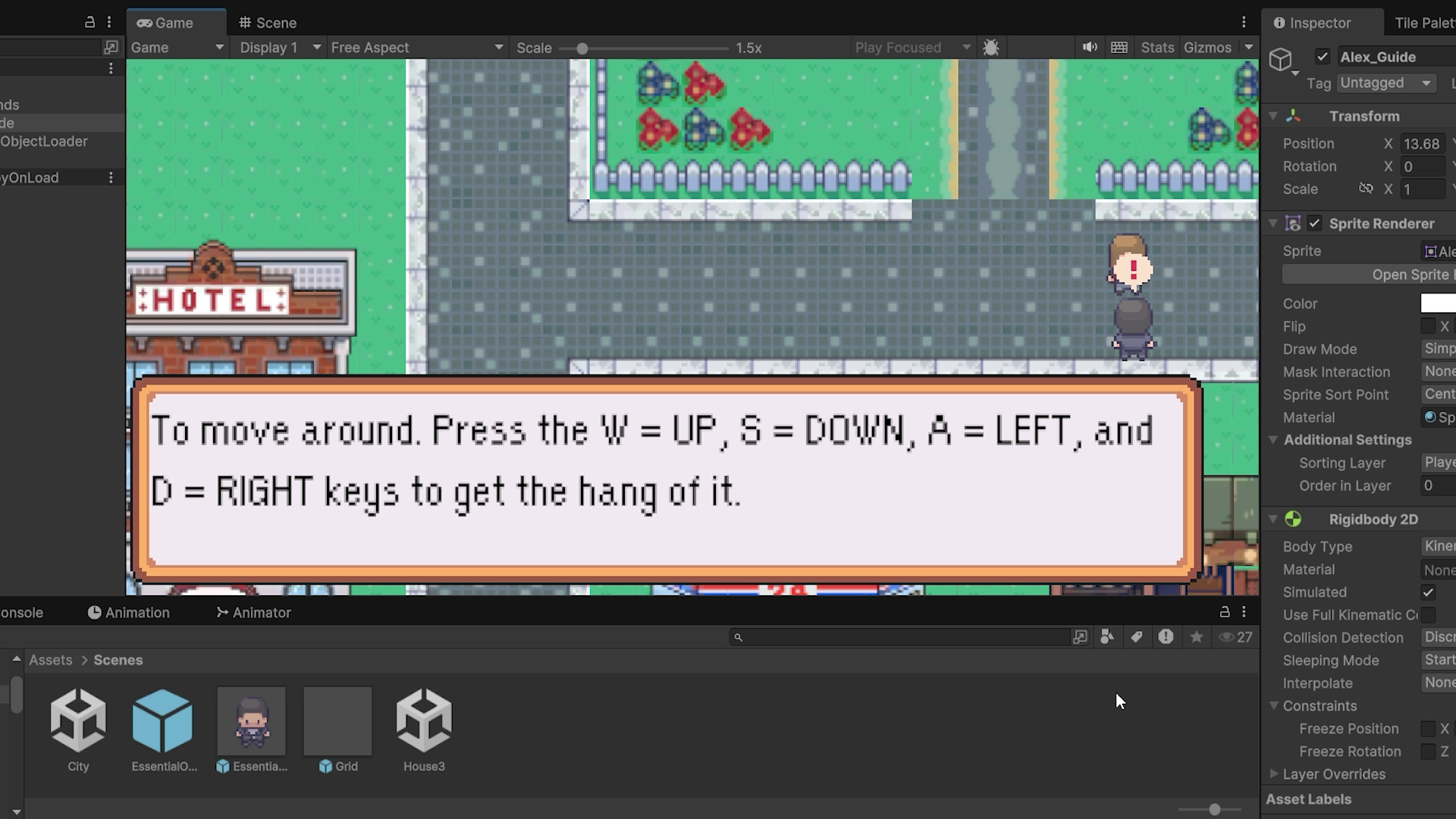
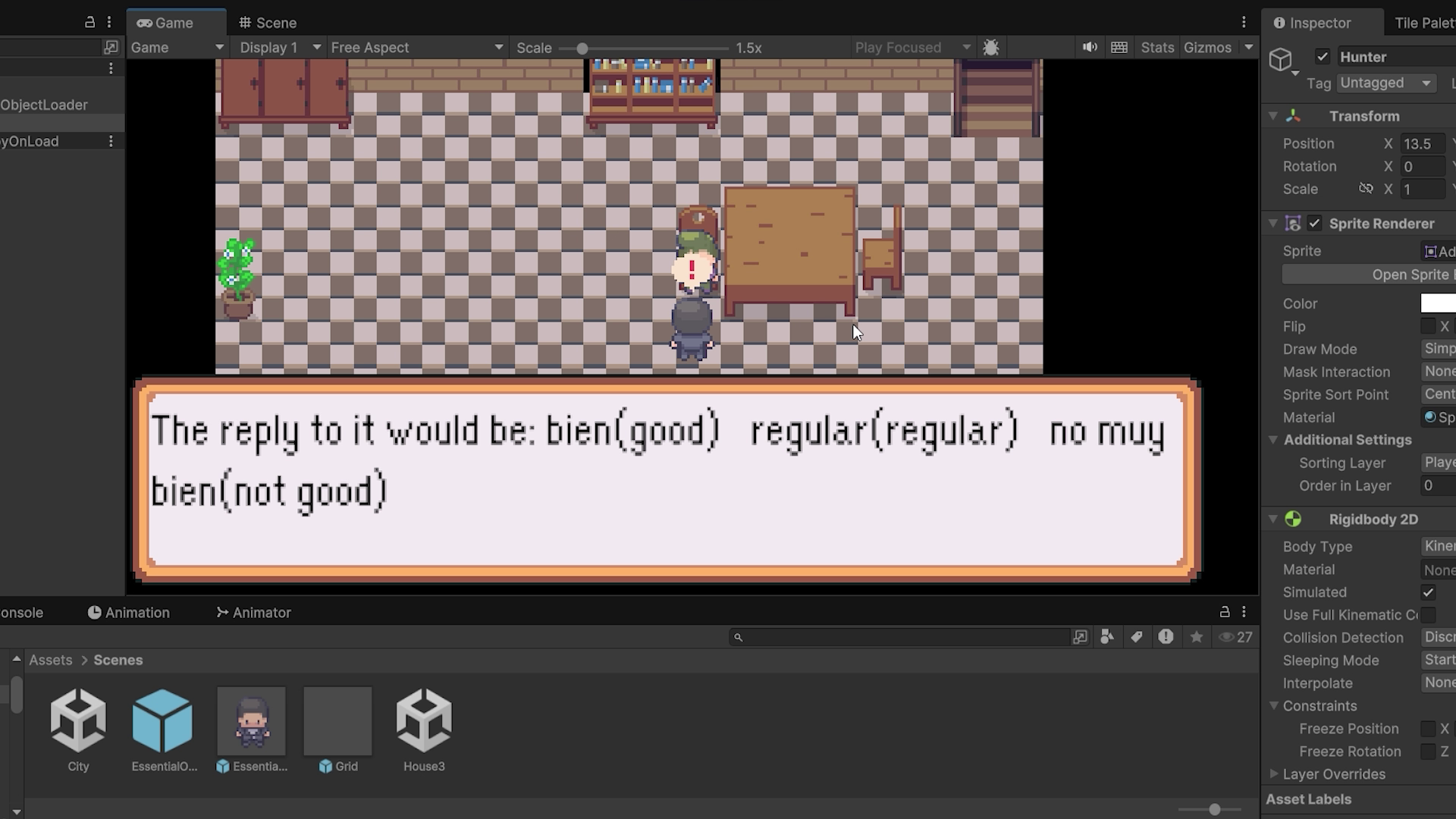
Week 6
A key moment this week was meeting with my game design mentor, Danny Rankin, Associate Teaching Professor and Associate Director of Undergraduate Programs at the ATLAS Institute, where he directs the Whaaat!? Lab. I discussed a major design challenge: demonstrating the game's effectiveness in teaching language. The issue was that using Spanish didn't highlight the learning process well, since most players already knew basic Spanish. Danny recommended developing a fictional language instead. That advice shaped a major turning point in the project, allowing me to clearly showcase how players learn from scratch. This week, I also began developing Mission 3, where players order food from a food truck — one of the most practical real-world language applications.
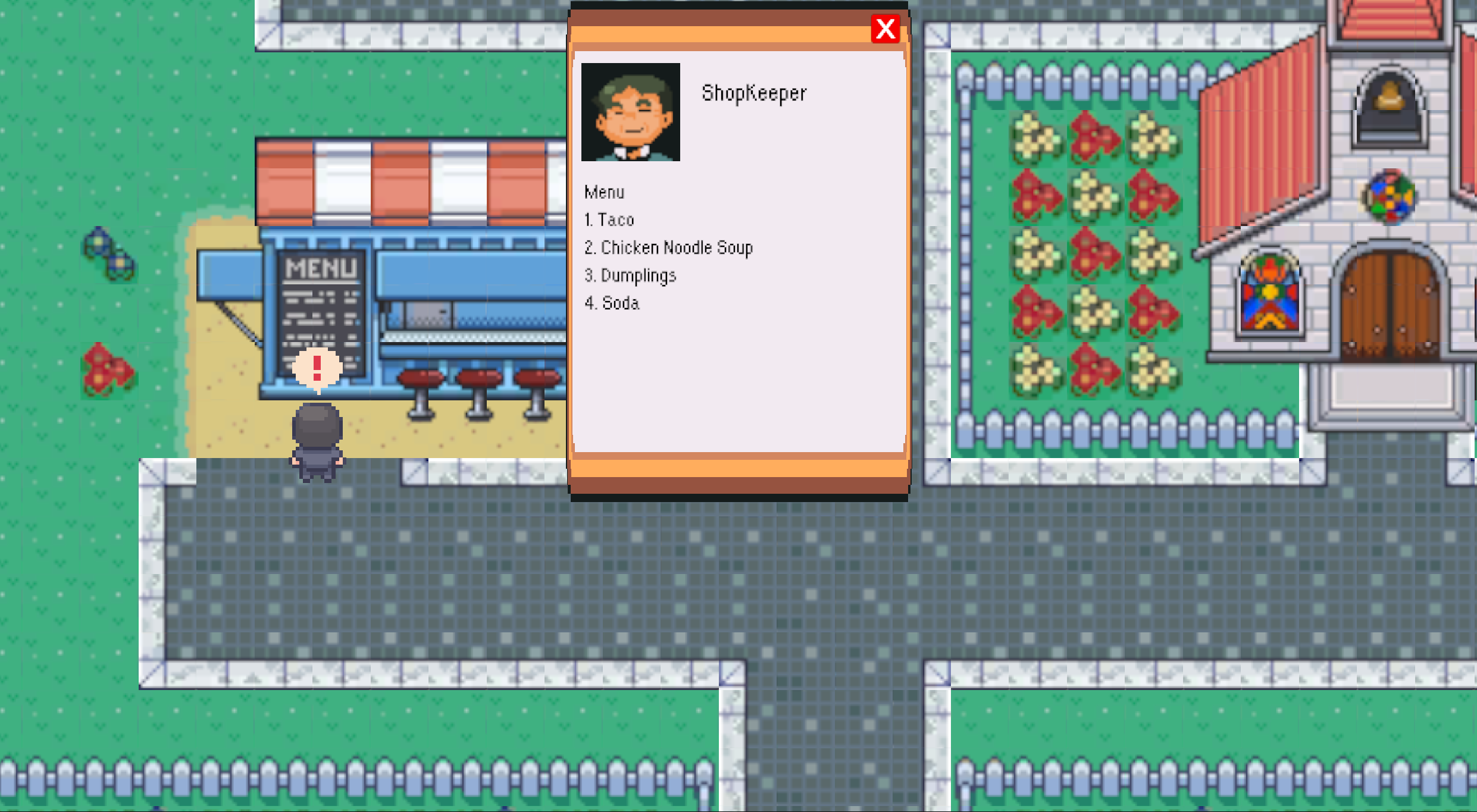
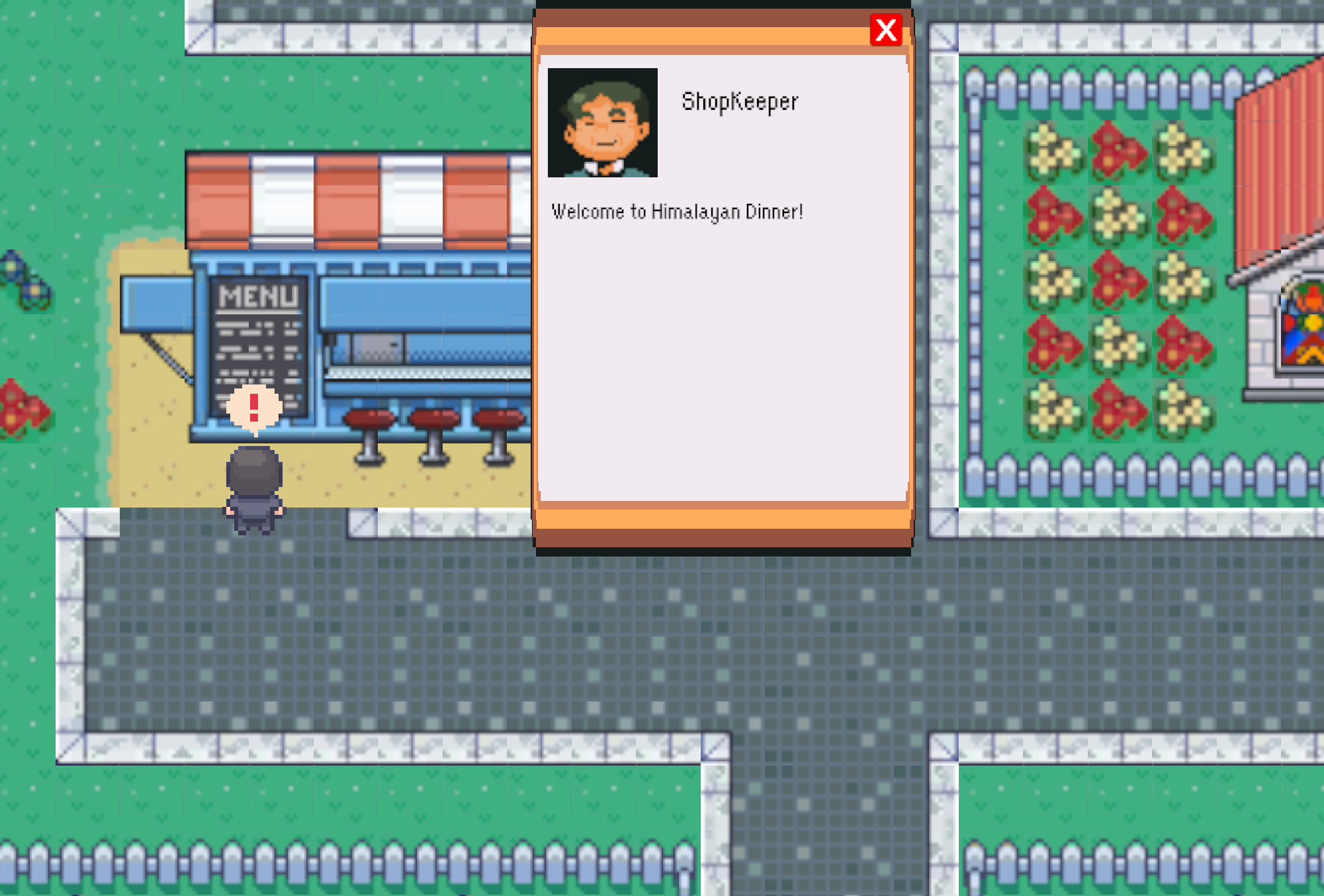
Weeks 7-8
Mission 3 was completed, and I created a cinematic intro scene to build immersion. I also began Mission 4, which involves collecting clues to discover the secret hideout of the fictional Neosphere Network. Around this time, I transitioned the game's teaching language to Magar, a lesser-known language from Nepal, and integrated a fictional number system into gameplay.
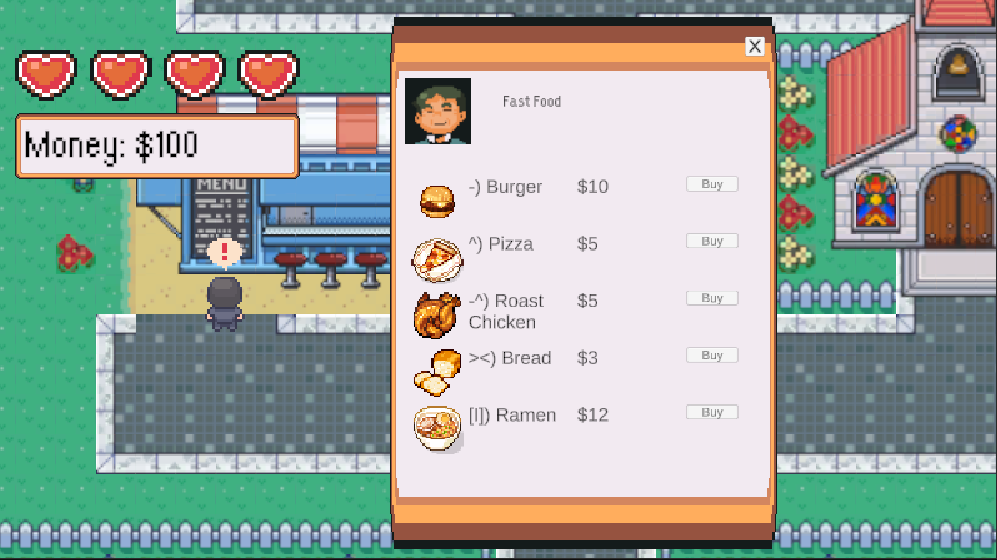
Week 9
Mission 4 was implemented, though some polishing remained. I resumed user testing to catch usability issues. Tester feedback included missing visual cues, unclear puzzle panel behavior, and UI limitations. These sessions revealed the need for better error handling and clearer progression indicators.
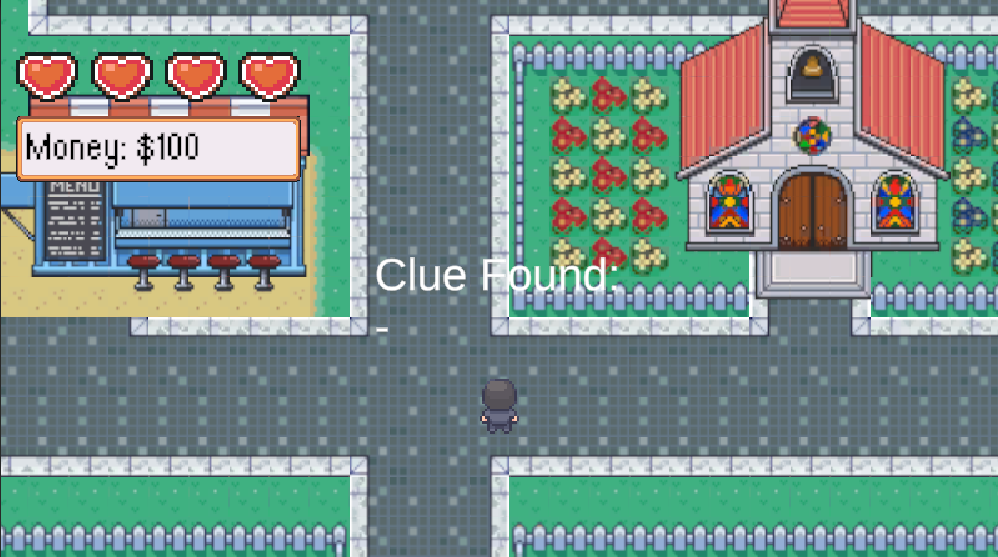
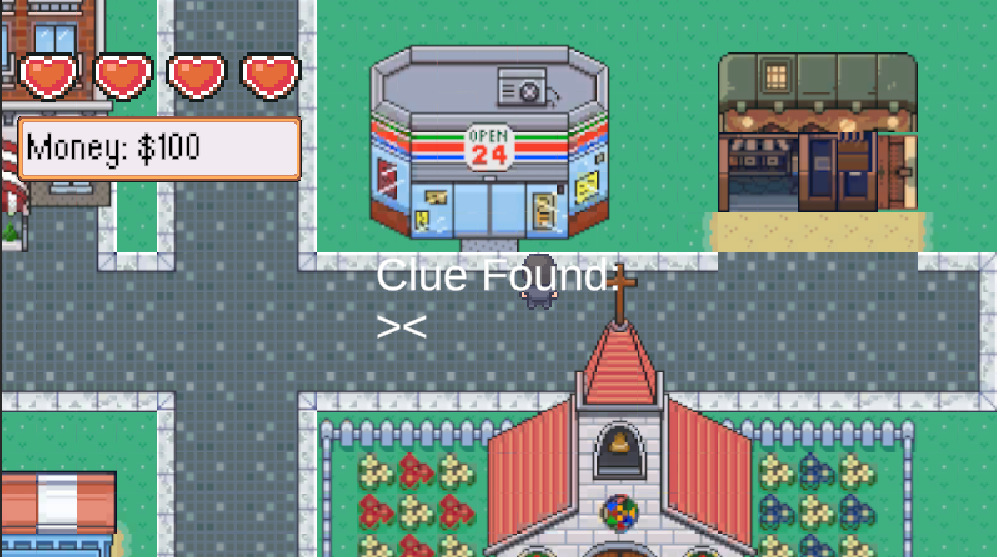
Week 10
I focused on asset consistency and polish. All placeholder UI elements and buttons were replaced with custom-designed assets to match the game's aesthetic. I also added background music and sound effects to enhance immersion, giving the entire game a more cohesive and professional look. Playtesting during this phase revealed several areas needing improvement. Many players noted that the dialogue text was too small, and important information wasn't easily distinguishable. Some UI elements, like NPC portraits, appeared visually distorted and required resizing. Players also requested more control over pacing, such as a manual close button on the quiz end screen and clearer instructions for navigating the interface, like accessing the menu.
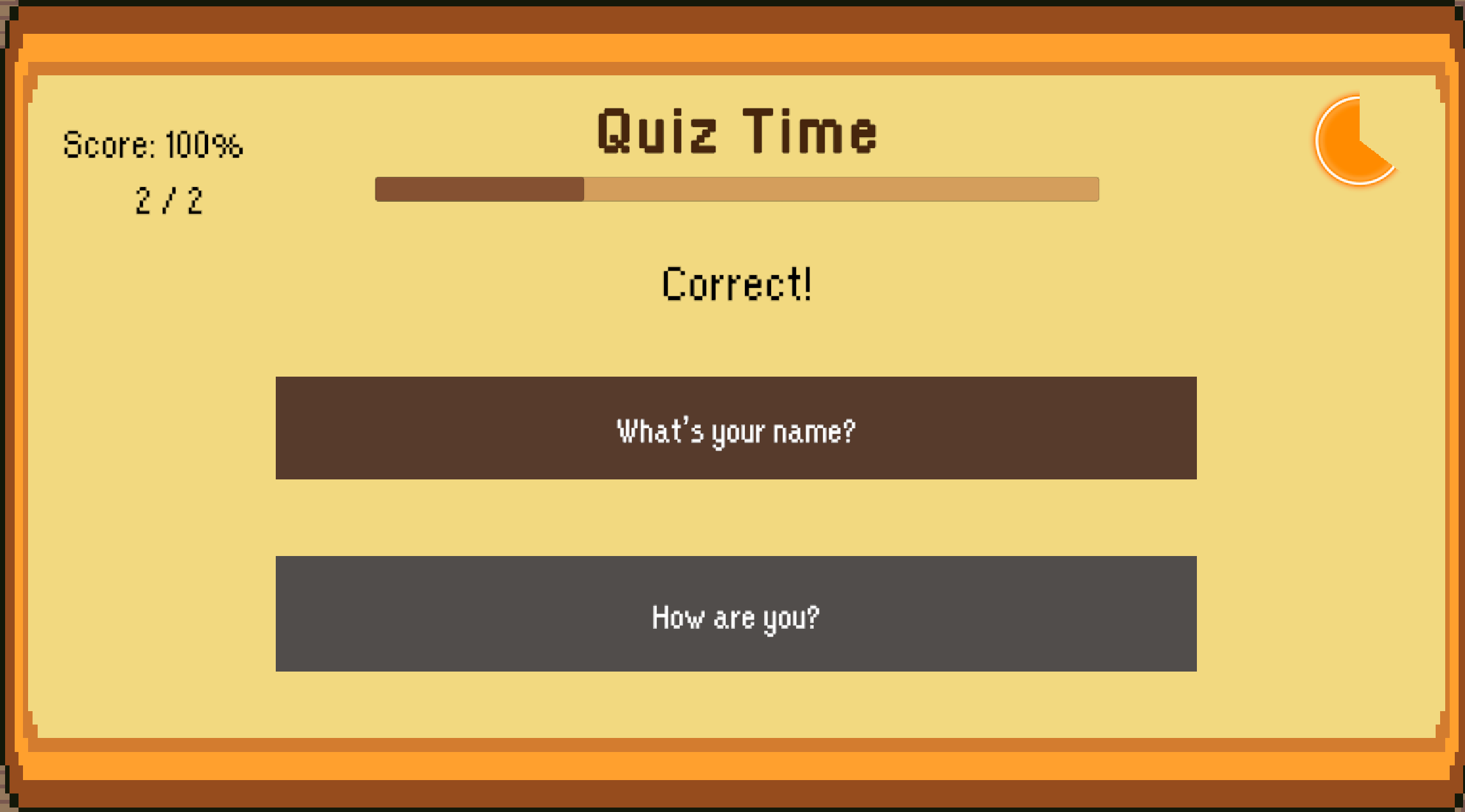
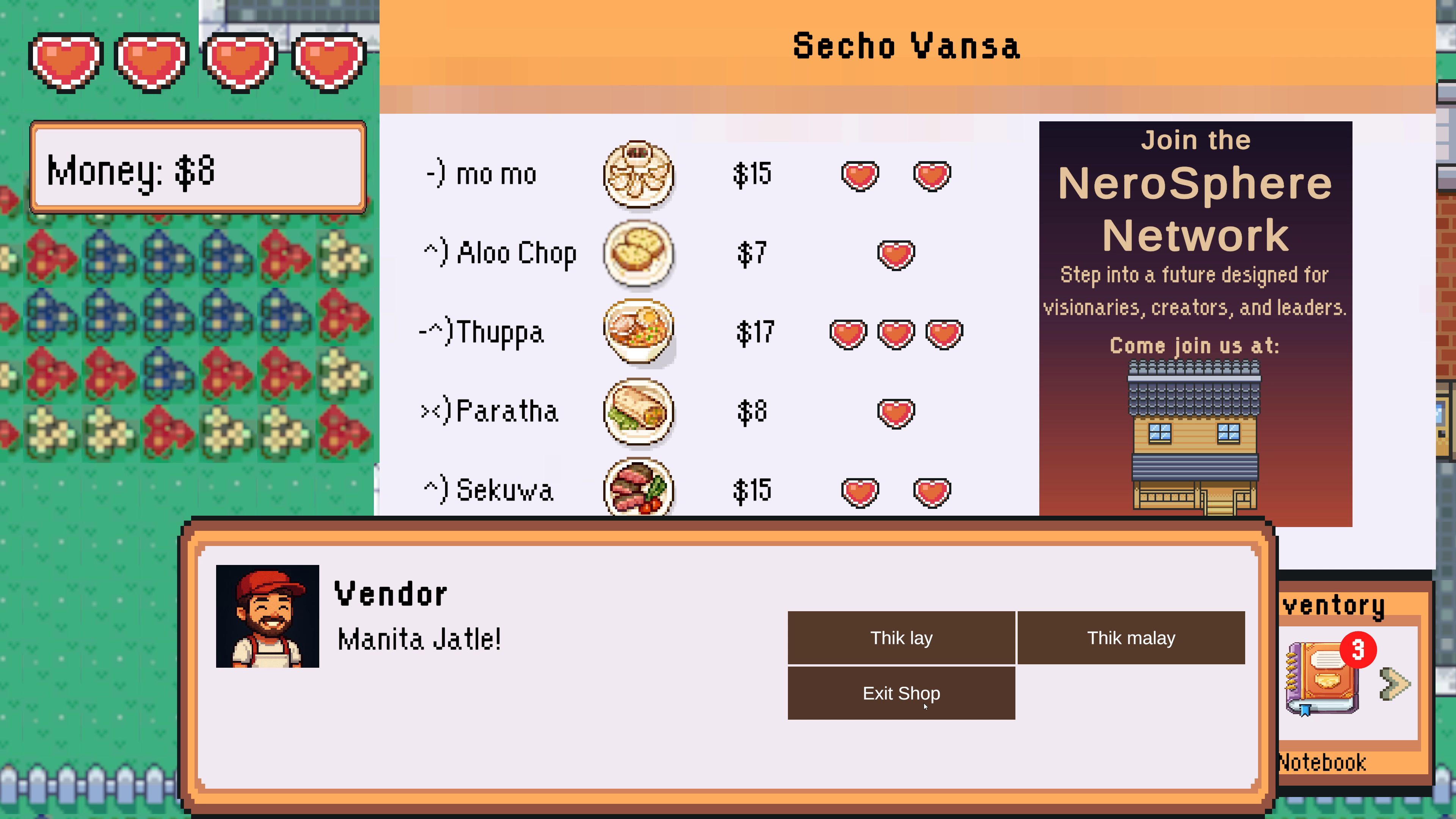
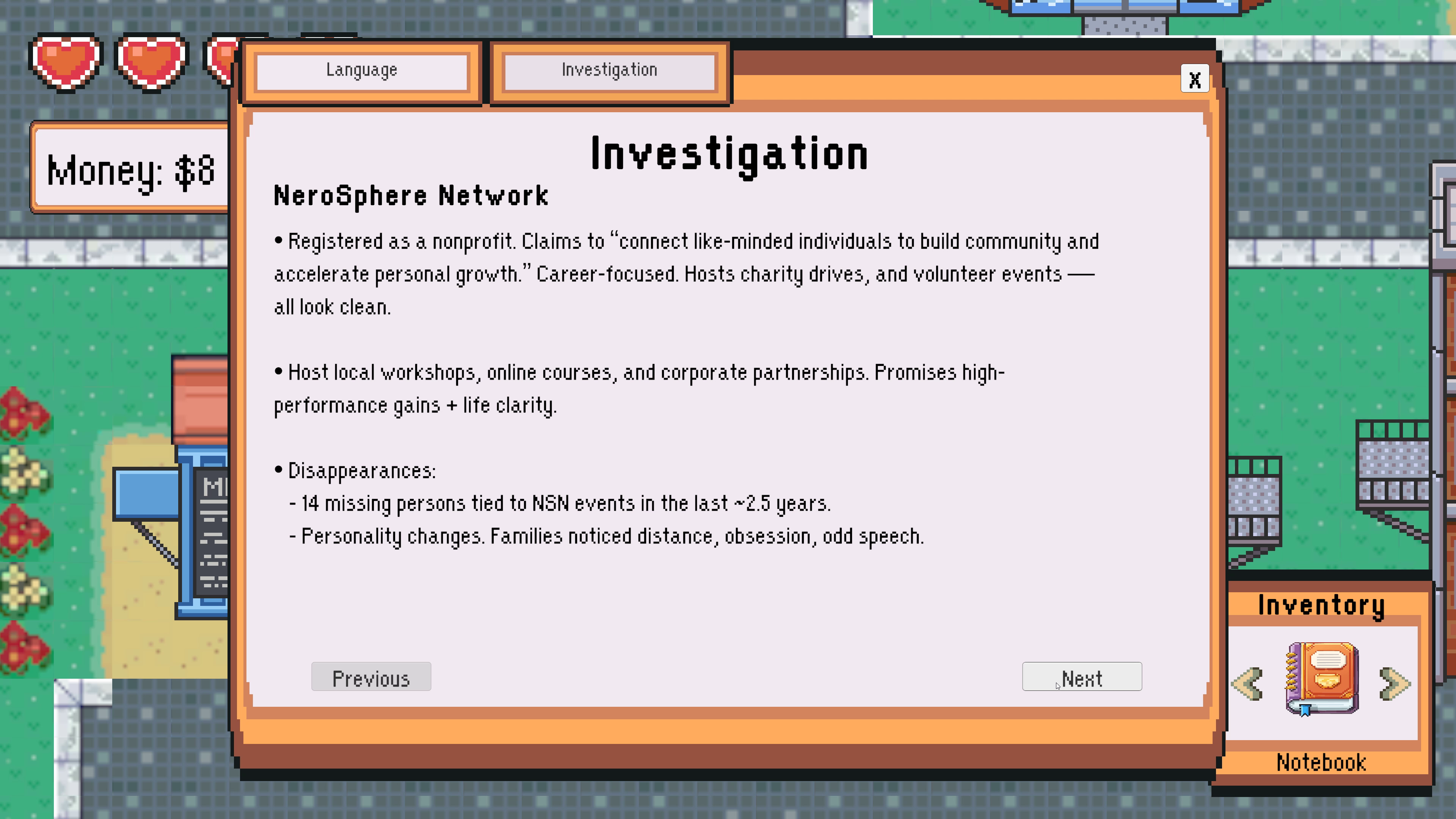
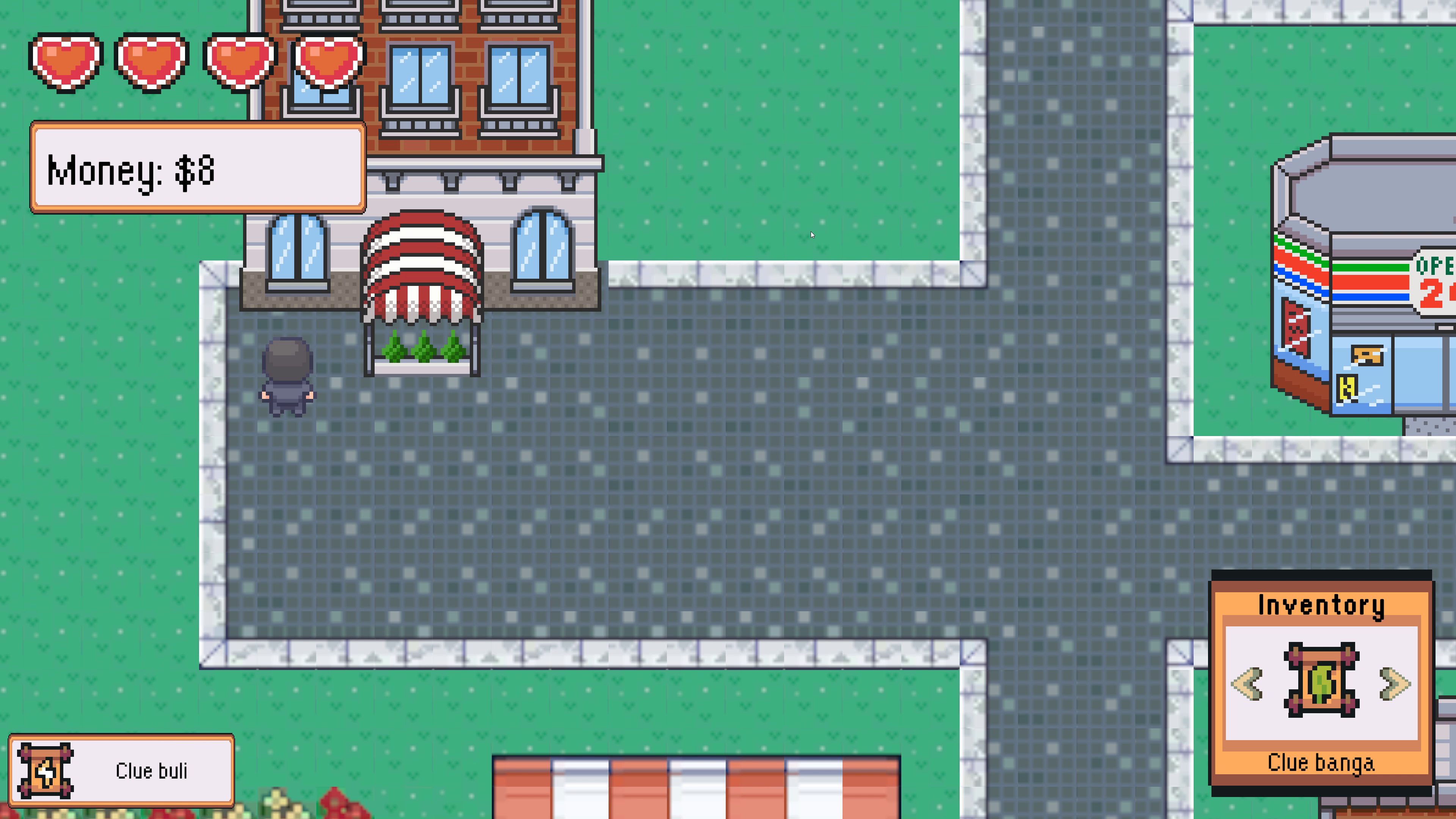
Week 11
I created the start and home screen and exported a playable build of the game. Additional user testing provided further feedback. Players pointed out that descriptive sound effects written into the dialogue were unnecessary and should be replaced with actual audio cues. There were also comments about font inconsistency across scenes, and a recommendation to localize in-game place names instead of leaving them in English. To improve usability, I added several small but impactful features. These included a progress indicator (e.g., “2/5”) shown during the tutorial mission, a close (X) button for the in-game menu, and logic to hide NPCs tied to future missions until those missions were unlocked. These updates helped streamline the experience and reduce confusion.
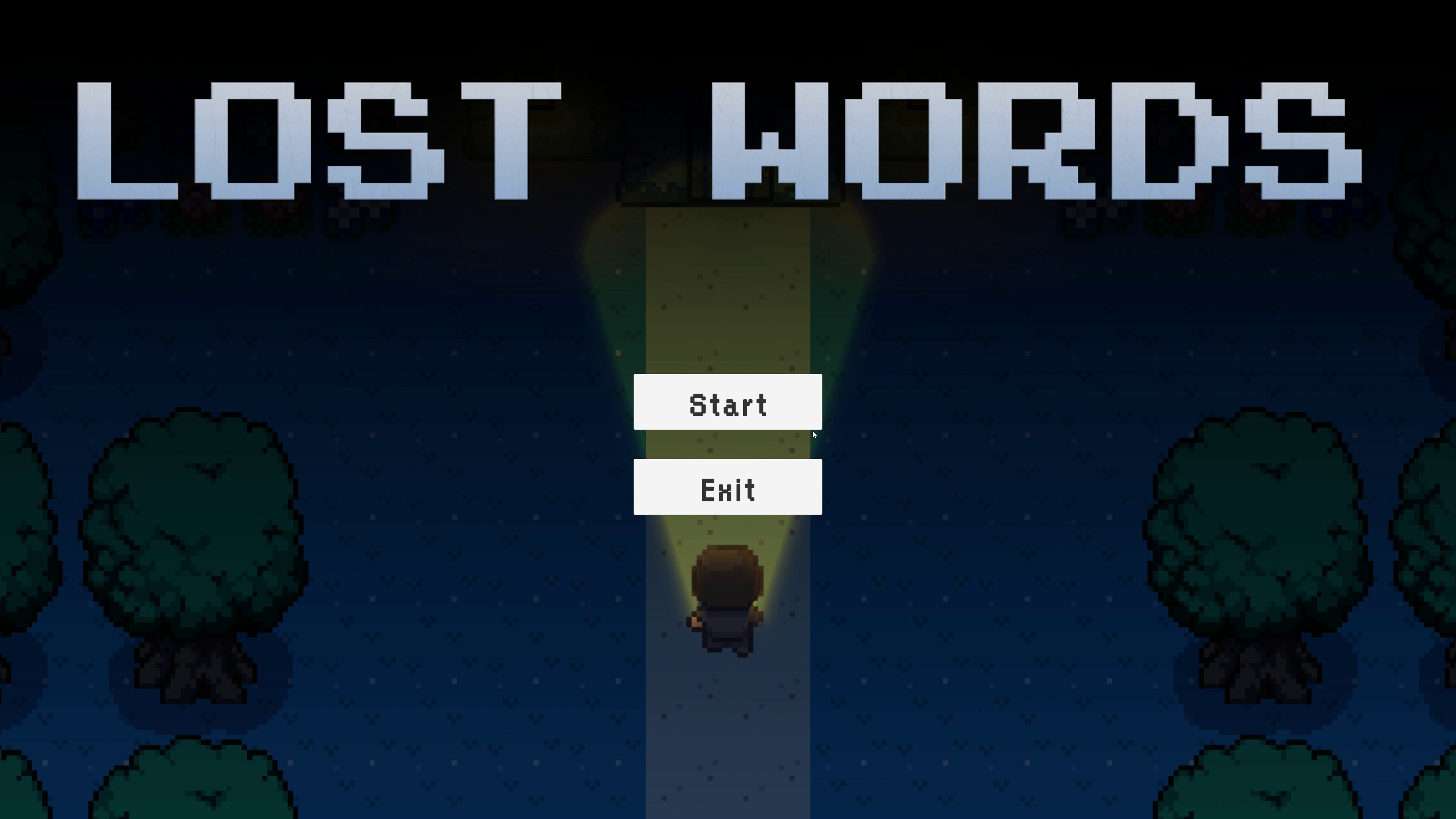
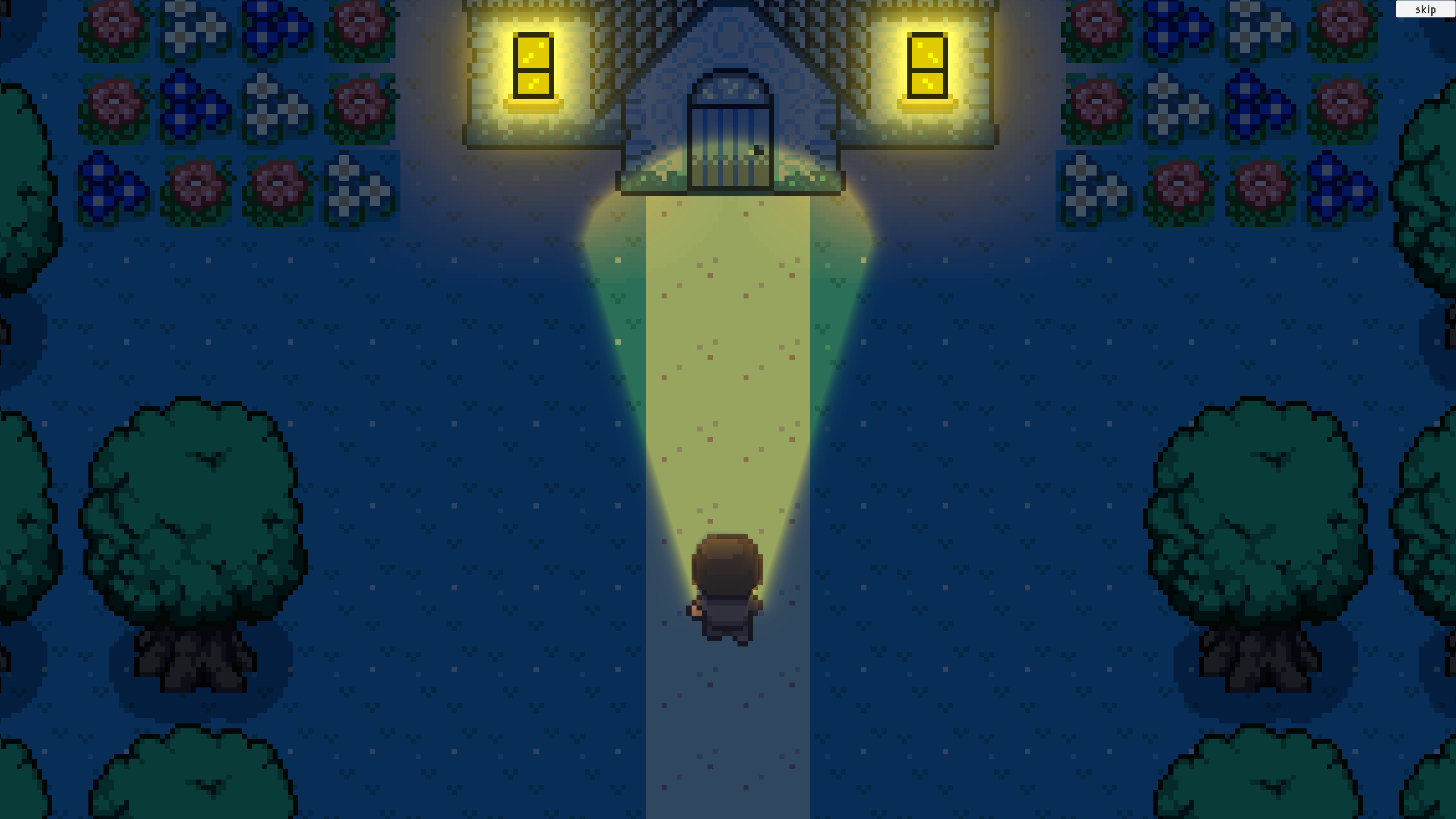
Weeks 12-15
The final stretch was spent preparing the trailer and promotional website. I storyboarded key scenes, edited gameplay footage, and aligned branding across all platforms. These elements tied the entire project together and helped communicate the game's goals, features, and emotional tone in a polished and accessible way.